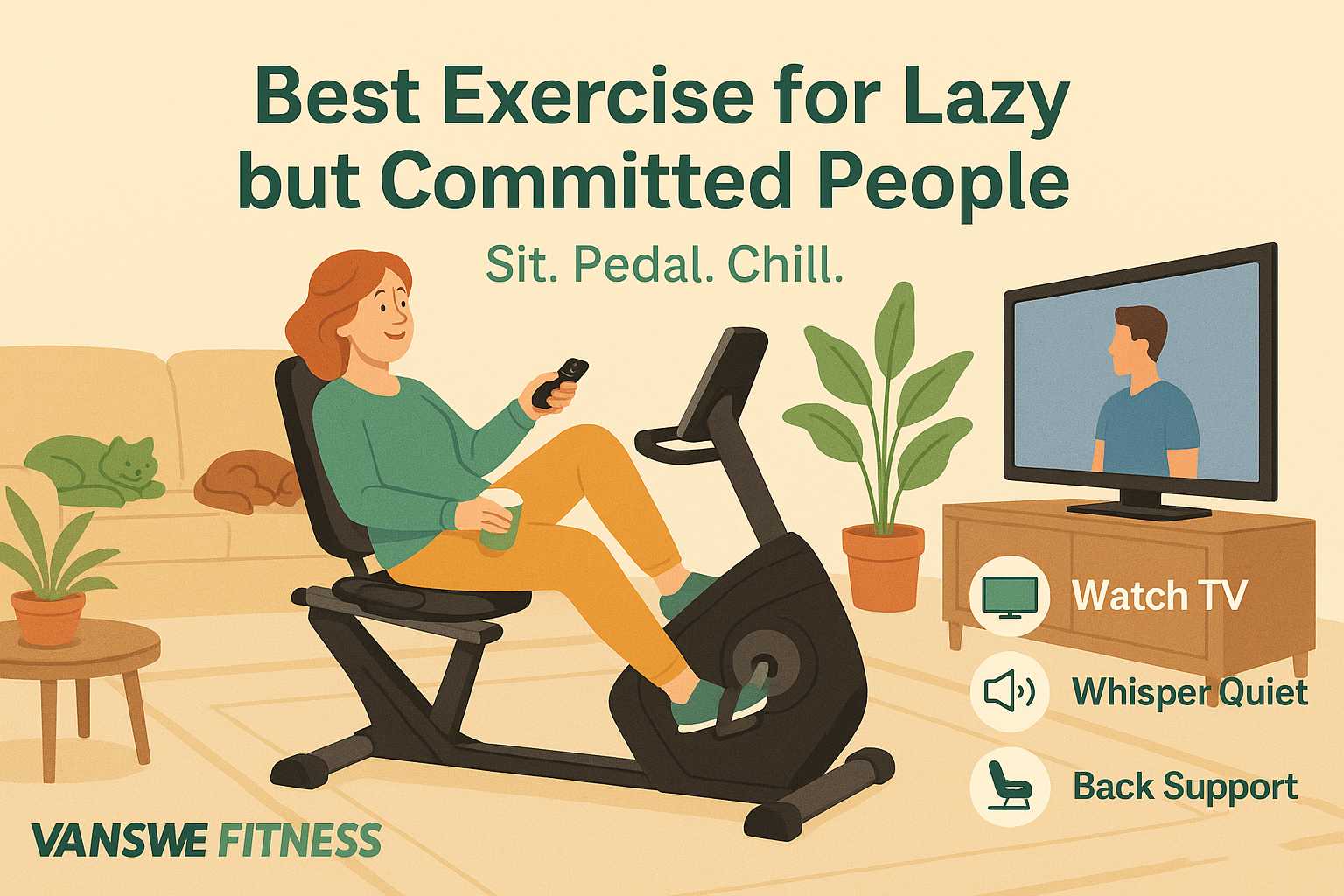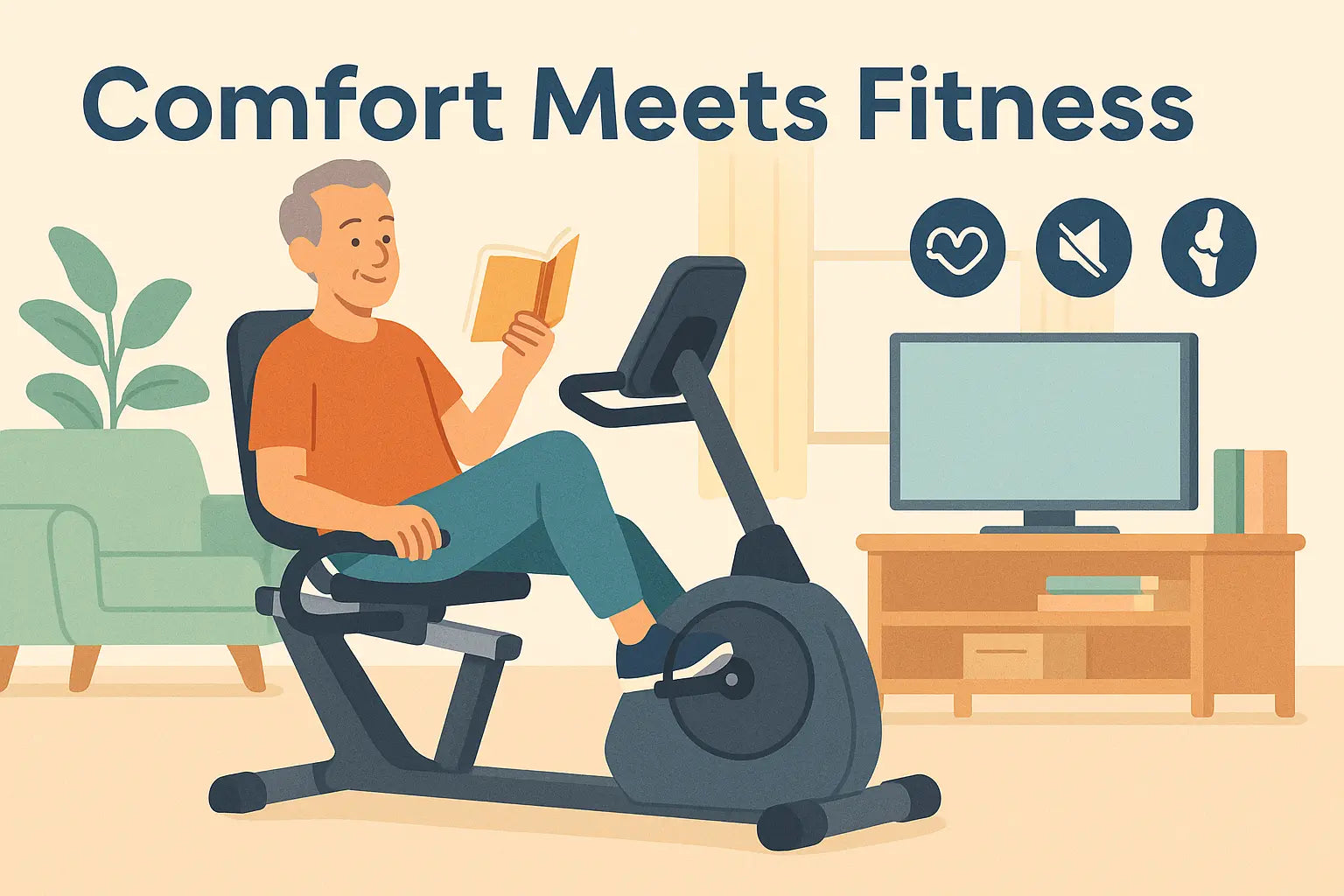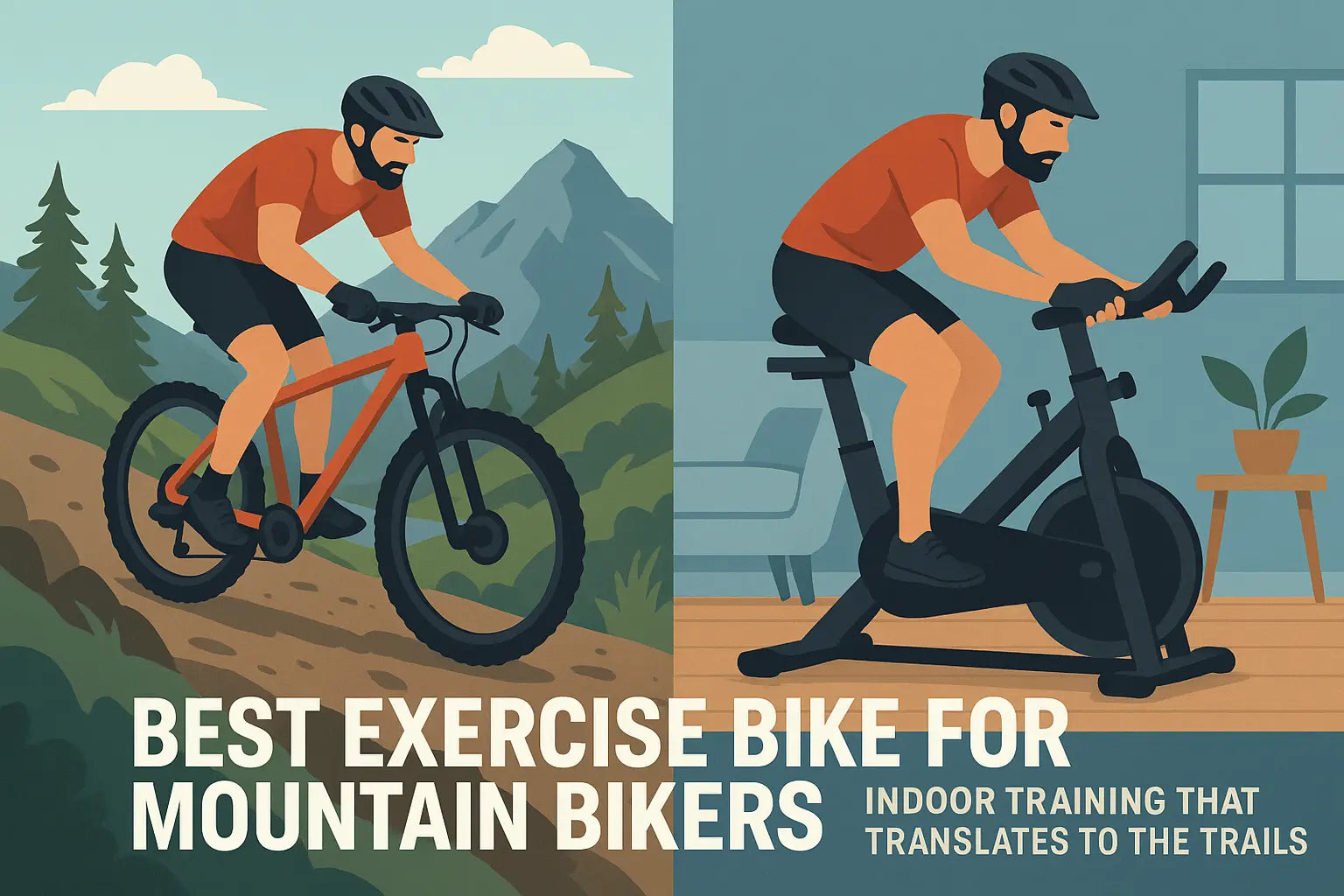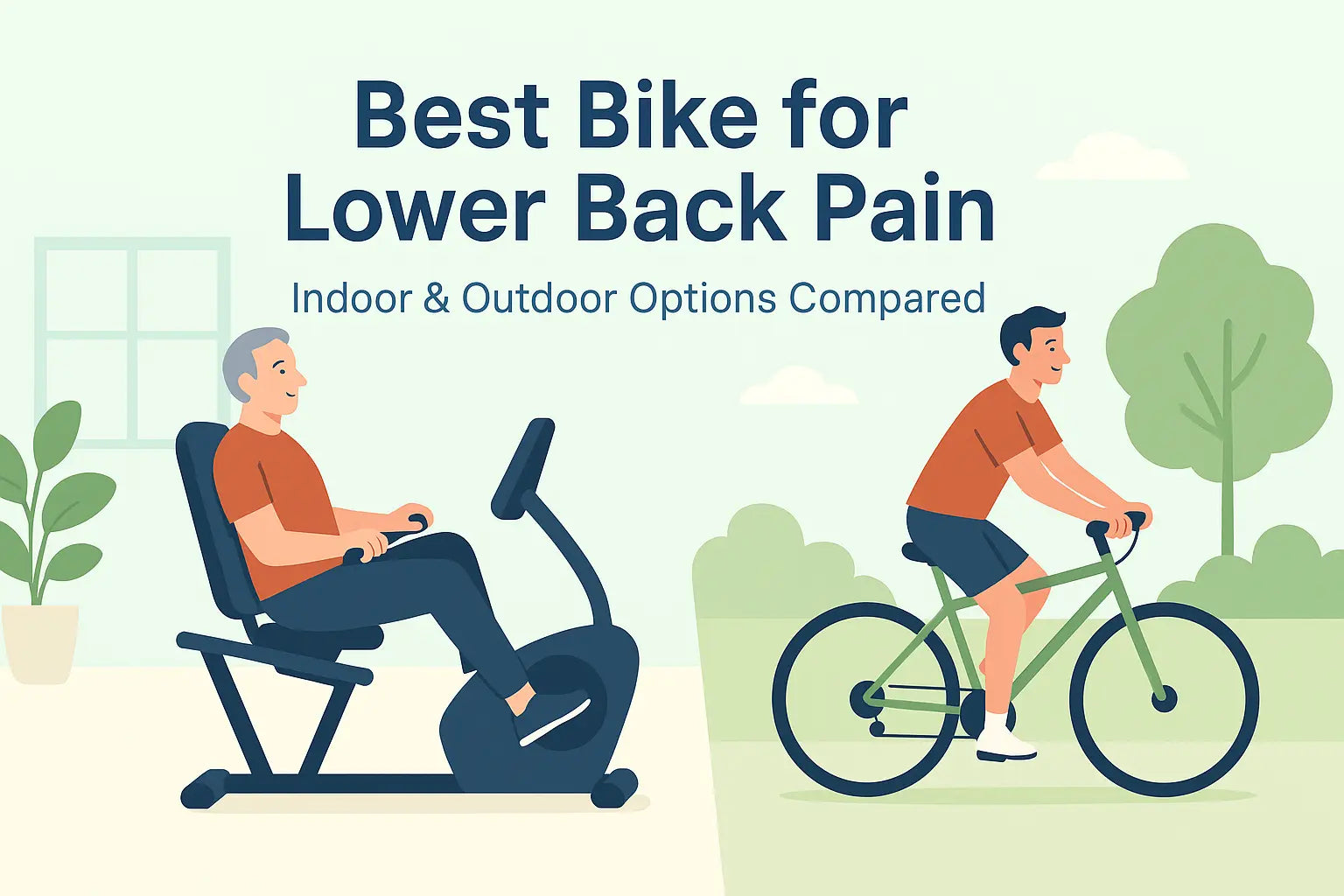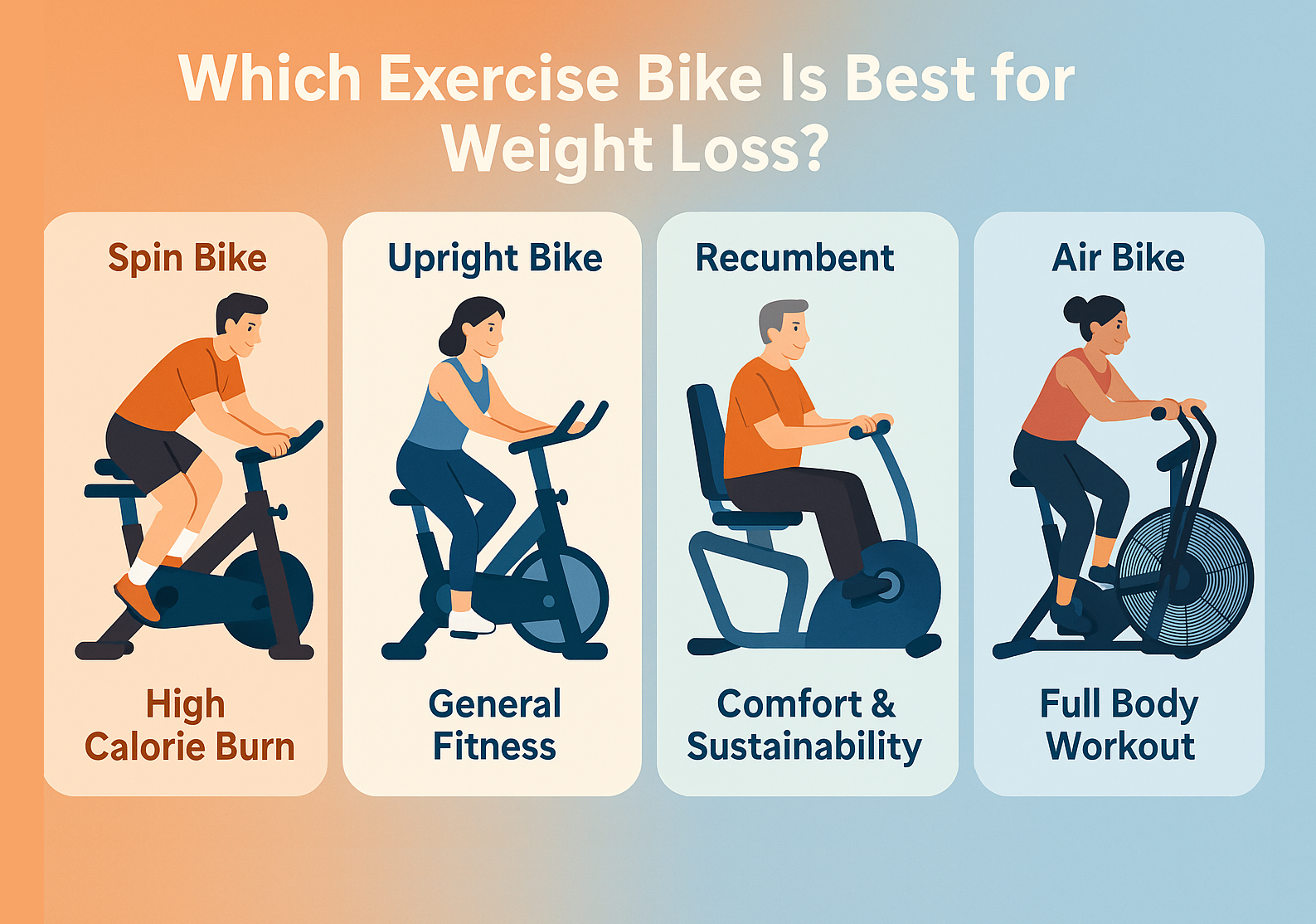In today’s fast-paced world, more people are discovering that physical health and mental clarity go hand in hand. But when it comes to brain-boosting workouts, one machine is often overlooked: the recumbent bike with arms. While it might not seem as flashy as a spin bike or as intense as a rowing machine, this low-impact equipment is an excellent option for low impact exercise, providing a joint-friendly workout ideal for those with joint concerns or recovering from injury. The recumbent bike with arms is a type of exercise bike that stands out from other exercise bikes by incorporating upper body movement, allowing for greater upper body engagement and a more versatile, full-body workout.
This article explores how a recumbent bike with arms can do more than tone your muscles—it can also sharpen your mind. We’ll break down the science behind the brain-body connection, look at the unique benefits of this machine, and offer practical ways to incorporate it into your daily routine.
How Movement Enhances Cognitive Function
There’s growing scientific consensus that aerobic exercise benefits not just the body but also the brain. Engaging in regular cardio can enhance executive functions like decision-making, attention, and memory. One major reason? Aerobic movement increases blood flow to the brain and stimulates the production of brain-derived neurotrophic factor (BDNF), which plays a key role in memory and learning, according to Harvard Health Publishing [1].
According to a study published in the Nature [2], older adults who engaged in aerobic exercise for 12 weeks showed significant improvements in memory and mental flexibility. These findings suggest that exercise can be a proactive tool in delaying the onset of cognitive decline and even Alzheimer’s disease.
The recumbent bike with arms provides the perfect platform for this type of brain-friendly exercise. Because it’s safe, comfortable, and suitable for long-duration sessions, users are more likely to stick with it consistently—a key factor in reaping cognitive benefits. Additionally, the recumbent design reduces pressure on the hips, back, and joints, making it ideal for those with mobility concerns or joint pain.
Dual Task Training: A Hidden Gem in Cognitive Therapy
Dual task training refers to performing two tasks simultaneously, such as moving your body while doing a mental activity. It has been widely studied for its potential in neurorehabilitation, especially for patients with Parkinson’s disease, stroke recovery, or mild cognitive impairment (MCI), according to the National Institutes of Health [3].
A recumbent bike with arms is naturally suited to dual task training. Its hands-and-feet movement requires rhythmic coordination, which activates multiple regions of the brain. Some bikes even allow you to adjust the upper body pedal's tilt with an easy-adjust lever operated by your right foot, making it convenient to customize your workout setup while multitasking. When you add in a cognitive challenge—like counting backwards, recalling a shopping list, or naming animals—you create a powerful mental workout.
Cognitive Skills Enhanced by Recumbent Cycling with Arms:
-
Working memory
-
Task switching and mental flexibility
-
Attention span and focus
-
Reaction time and decision-making
This kind of training not only supports physical endurance but also mimics real-life situations where multitasking is essential—think walking while talking, or cooking while planning the next day. For older adults looking to stay sharp, this synergy of movement and thought is a game-changer.
Features to Consider When Choosing a Recumbent Bike with Arms
When shopping for recumbent bikes with arms, it’s important to focus on features that will help you achieve your fitness goals while ensuring comfort and safety. Start by checking the max user weight and making sure the seat position is easily adjustable—this ensures the bike fits your body and provides proper support during every workout. A sturdy frame and a smooth magnetic resistance system are essential for a quiet, reliable ride that can be tailored to your preferred intensity.
Comfort is key for longer sessions, so look for a padded seat and adjustable straps to keep your feet secure on the pedals. The addition of an arm exerciser and rotating handles allows you to engage your upper body, targeting different muscle groups for a true total body workout. This not only boosts calorie burn but also helps build muscle mass and improve cardiovascular health.
Modern recumbent exercise bikes can connect to fitness apps on your phone to track progress and keep you motivated. Pay attention to the computer details and LED display—these should clearly show important stats like calories burned, distance, and heart rate so you can monitor your workouts and adjust as needed. By choosing a recumbent bike with the right features, you’ll set yourself up for a more effective, enjoyable, and sustainable fitness journey.
Related Page: Best Recumbent Bike with Arm Exerciser 2025
Display and Monitoring: Tracking Your Progress for Mental Motivation
A high-quality LED display can make all the difference in keeping you motivated and on track with your fitness goals. The best recumbent bikes provide real-time feedback on key metrics such as speed, distance, calories burned, and heart rate. This instant information helps you see your progress at a glance, making it easier to stay engaged and push yourself a little further each session.
Some models go a step further with advanced features like target HRC (Heart Rate Control) and watt control, allowing you to customize your workout intensity for optimal results. Many recumbent bikes now offer free access to fitness apps and virtual training apps, so you can join interactive classes, set personal challenges, or track your long-term progress right from your smart phone or tablet.
A built-in contact heart rate monitor ensures you’re exercising in the right zone for your goals, whether that’s fat burn, endurance, or cardiovascular health. By regularly monitoring your stats and adjusting your workouts accordingly, you’ll not only see better results but also enjoy a greater sense of accomplishment and motivation to keep moving forward.
Who Should Try a Recumbent Bike with Arms?
The short answer? Almost everyone. But the recumbent bike with arms is especially valuable for individuals seeking low-impact yet high-reward workouts. It’s ideal for:
-
Older adults who want to preserve cognitive and motor function
-
People recovering from injury or stroke who need a gentle, supportive environment
-
Sedentary individuals looking for an accessible starting point
-
Busy professionals wanting to multitask exercise and mental stimulation
Recumbent bikes with arms are suitable for use in a variety of settings, including home gyms and commercial gym environments.
Many users report feeling mentally refreshed after sessions. Imagine this: 30 minutes of pedaling and arm-cranking while listening to an educational podcast or solving a word puzzle. Not only are you breaking a sweat, but you’re also building brain resilience.
Practical Tips to Maximize Brain Benefits
To get the most from your recumbent bike with arms, it helps to add structure to your routine. The key is combining physical activity with cognitive challenges.
Brain-Boosting Workout Ideas:
-
Pedal + Count Backwards: Start from 100 and subtract by 3s
-
Pedal + Alphabet Game: Name animals, foods, or places for each letter
-
Pedal + Recall Tasks: List yesterday’s meals or events in order
-
Pedal + Color Association: Name colors and match with objects aloud
-
Pedal + Meditation: Follow guided audio while moving at a steady pace
Additional Tips:
-
Start with 10–20 minutes, gradually increase to 30–45 minutes
-
Use low to moderate resistance for cognitive workouts
-
Pair sessions with music, audiobooks, or brain-training apps
-
Track your total steps during each session to monitor progress and stay motivated
-
Record your mental clarity or mood post-workout to track improvements
These routines not only make exercise more enjoyable but also foster habit formation, which is crucial for long-term brain health.
Conclusion: A Smarter Way to Move
A recumbent bike with arms can boost your brain by combining physical exercise with cognitive stimulation, improving memory, focus, and mental flexibility.
The recumbent bike with arms may not be the first machine that comes to mind when thinking of cognitive fitness, but it might just be the smartest. Its unique combination of comfort, full-body movement, and dual-task potential makes it a powerful tool for anyone looking to improve their brain health while staying active.
Whether you're aiming to stay mentally sharp, assist a loved one in rehabilitation, or simply want a safer, more holistic way to work out, this machine offers far more than meets the eye. In a world where cognitive decline is a growing concern, small daily actions—like pedaling with purpose—can lead to big long-term rewards.
Your brain deserves a workout too. So why not give it a ride?
Reference
- Harvard Health Publishing. (2021). Working out your brain. Harvard Medical School. https://www.health.harvard.edu/exercise-and-fitness/working-out-your-brain
- Okabe, T., Ishii, A., & Hashimoto, T. (2022). Effects of combined cognitive and physical training on cognition and brain function in older adults with mild cognitive impairment. Communications Medicine, 2, Article 79. https://www.nature.com/articles/s43856-022-00079-7
- Gavelin, H. M., Dong, C., Minkov, R., Bahar-Fuchs, A., Ellis, K. A., Lautenschlager, N. T., ... & Pahor, A. (2024). Combined physical and cognitive training for older adults: A meta-analysis of outcomes and neuroimaging findings. Frontiers in Aging Neuroscience, 16, 11502839. https://pmc.ncbi.nlm.nih.gov/articles/PMC11502839/
Latest Articles


